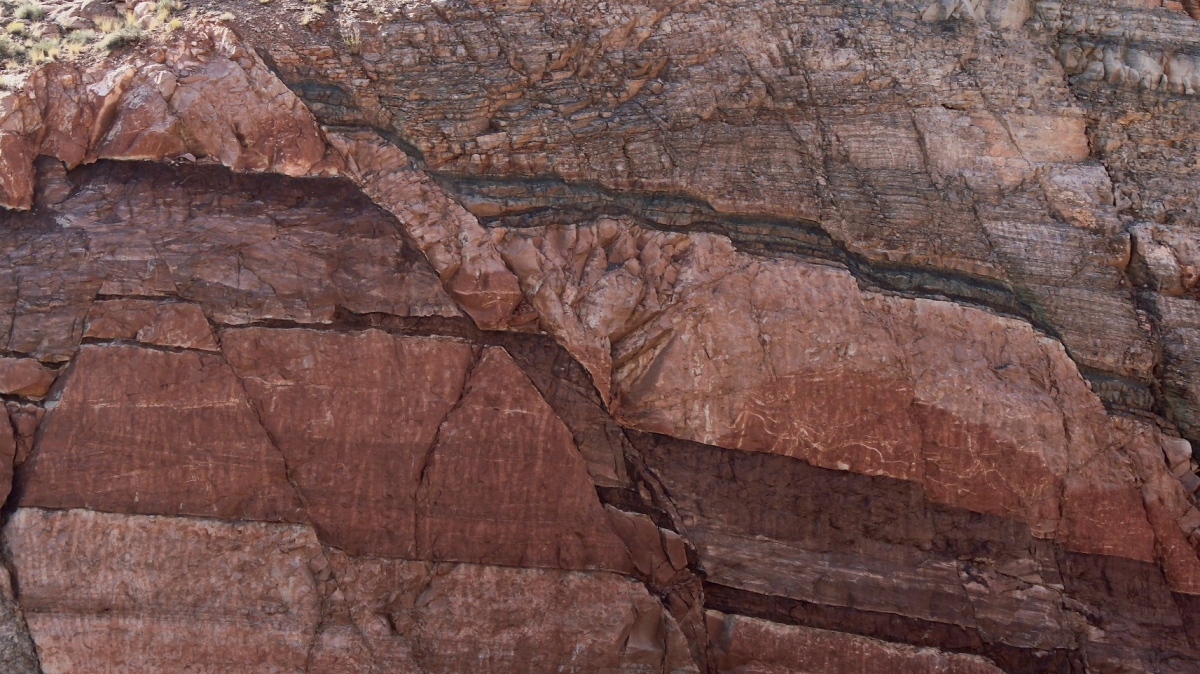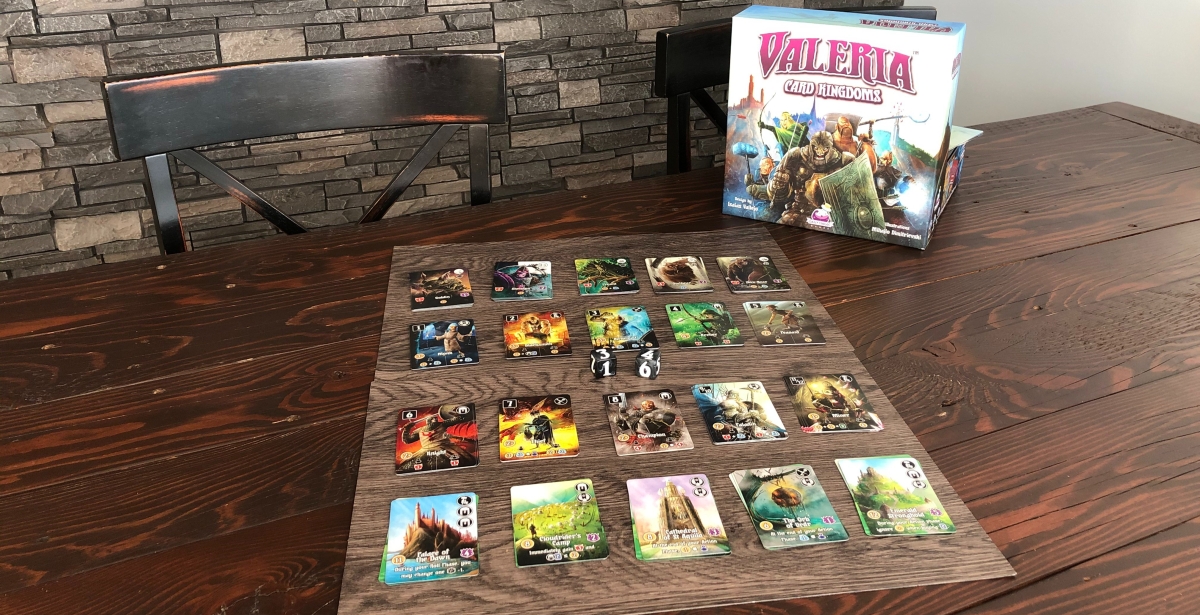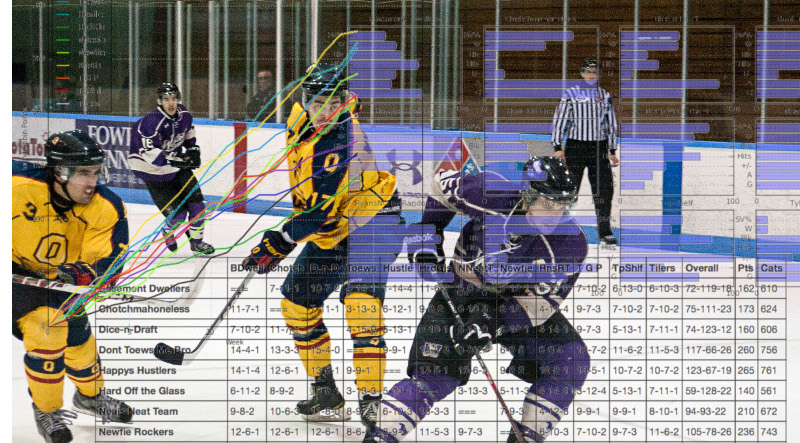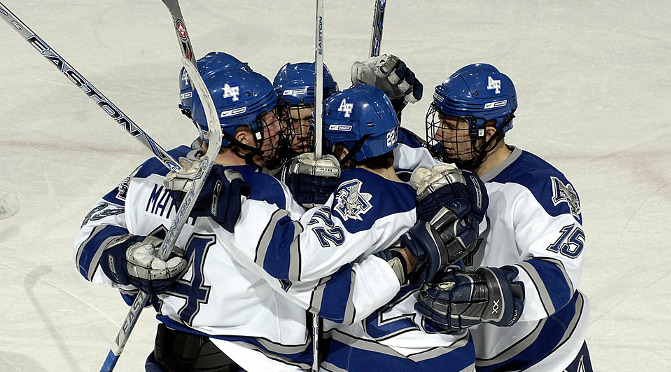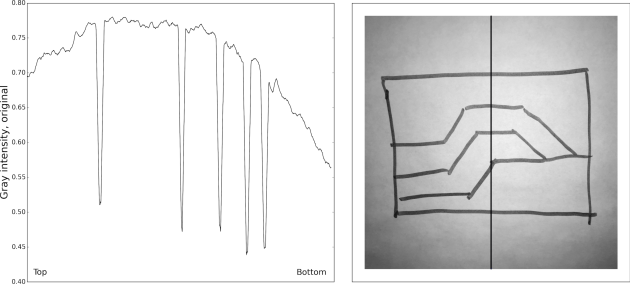Geophysicists get squirrely when pressed about what they can and cannot see on reflection seismic data…. or is it just me???
Quiz: Can you see a 12 meter interval of diagenetically altered carbonate sandwiched between a shale and unaltered carbonate? Answer: It depends!
It depends on the data, the geology, and what is meant by “see”. Do you have 3D seismic or just a 2D line? What’s the frequency bandwidth of the data? How noisy is the data? Is the impedance of the altered carbonate distinct from the layers above and below? Are the rock properties of a layer homogeneous? Do you want to see the depth to the altered carbonate layer? Or do you want its thickness, degree of alteration, or indication if it’s present at all?
Continue reading “Can My Seismic Resolve That Fault?”